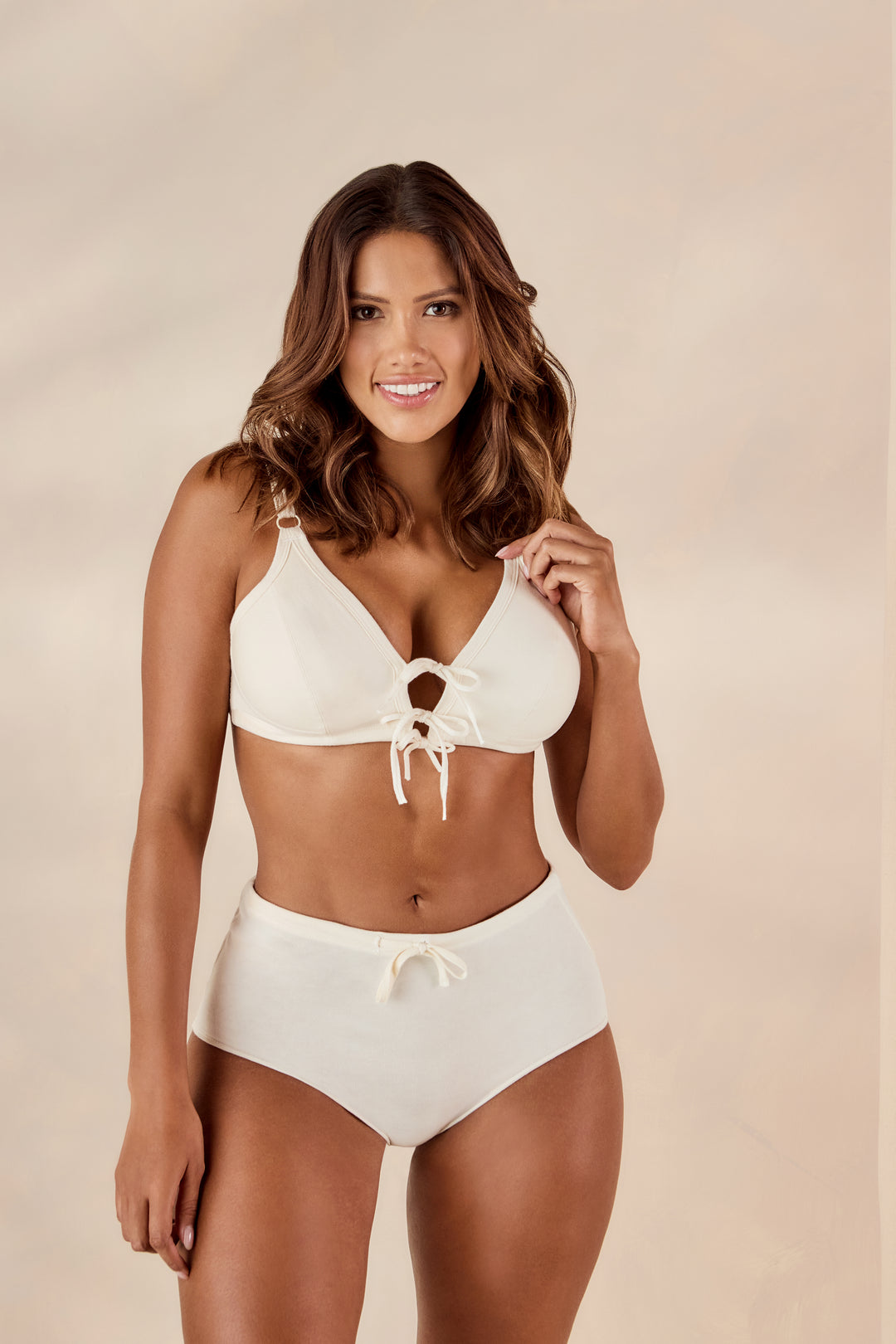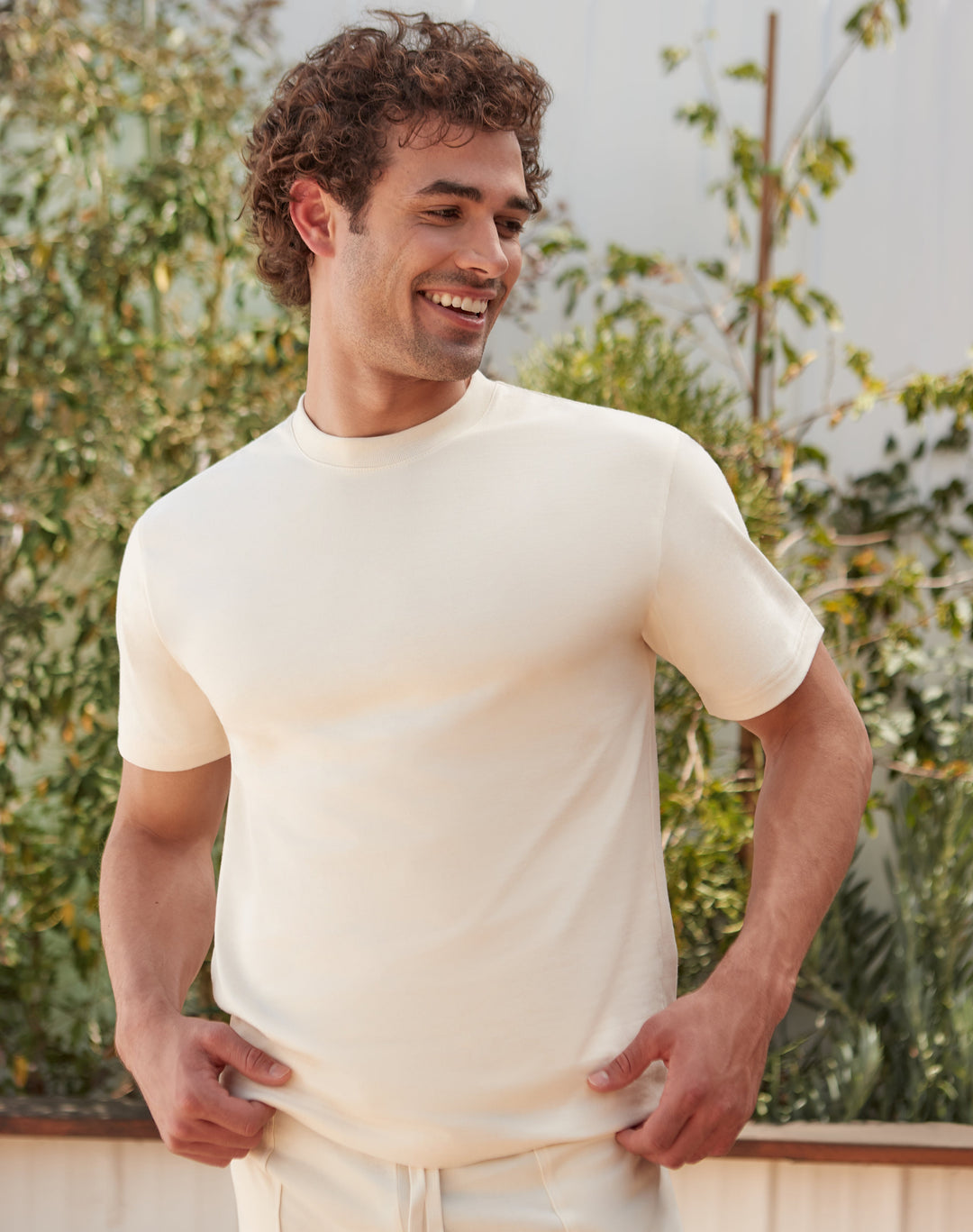7 Types of Eczema
Eczema is a common skin condition that affects more than 30 million people in the U.S. There are several types of eczema, and every type has different symptoms and different management approach.
Atopic Dermatitis
Atopic dermatitis or AD is the most common type of eczema. It is more common in children than adults, but it can also develop in adulthood. Triggers of flare-ups include low humidity, cold weather, and extreme temperature changes, irritants such as detergents, soaps, perfumes, and fragrances, animal fur, and synthetic fabrics, among others.
Contact Dermatitis
This type of eczema is triggered by contact with a particular substance which then causes the skin to become red and itchy and cracked. There are two types of contact dermatitis: irritant contact dermatitis, which can result from repeated exposure to a substance that irritates the skin, and allergic contact dermatitis, which occurs when the immune system reacts to a particular substance, known as allergen.
Dyshidrotic Eczema
This type of eczema is also called pompholyx eczema, which usually appears in hands and feet of adults under 40 years of age. Aside from itching, blisters also appear and can be watery. People who handle chemicals, or have their hands immersed in water for hours have a higher risk of developing this type of eczema.
Discoid Eczema
Discoid eczema is also a long-term condition, which causes the skin to be itchy, red, and cracked, forming circular or oval patches. It can last for weeks, months, or years, and may also recur. Some known triggers and risk factors include dry skin, insect bites, poor blood flow, cold climate, bacterial skin infections, and sensitivity to metals and formaldehyde.
Seborrheic Dermatitis
Symptoms of this type of eczema include an itchy, red rash, which can sometimes be swollen with a yellowish crust forming on the surface. It is common in people between 30 and 60 years of age.
Varicose Eczema
Varicose eczema is also known as venous, gravitational, or stasis eczema, more common in older adults with varicose veins. The skin on the lower leg becomes fragile, so it is advised to avoid scratching or touching the blistered parts and the flaky areas.
Asteatotic Eczema
This type of eczema only affects people over 60 years of age. It may be due to the skin becoming drier as a person gets older. Symptoms include pink or red cracks or grooves on the skin, scaling, itching, and soreness.
People who experience symptoms of any type of eczema should see a doctor or dermatologist. While proper hygiene and wearing comfortable clothing may reduce your symptoms, eczema can indicate a new allergy so it is important to see a professional to determine the real cause of the reaction.











